Lamoria anella
([Denis & Schiffermüller], 1775)
-
 Subfamily: Galleriinae, Tirathabini
Subfamily: Galleriinae, Tirathabini -
 Wingspan: 18-41 mm
Wingspan: 18-41 mm -
 Flight period: Mag - Sep
Flight period: Mag - Sep -
 Spread: Common
Spread: Common -
 Host plants: Hymenoptera nests, Aster sp., Inula sp.
Host plants: Hymenoptera nests, Aster sp., Inula sp.
Information
The Lamoria anella is a moth of the Pyralidae family, with a wingspan of 11-30 mm.
It is found in most of Europe, with the exception of countries further north such as the United Kingdom, Ireland, Denmark, Peninsula, Scandinavia,
Baltic countries, Northern European Russia and of course Iceland. *
Its range extends to the Palearctic region and to the African continent where it has been recorded starting from South Africa and Sudan.
in the Palearctic region we find it in China, Japan, Morocco, Oman, Palestine, Russia (incl. Far East), Syria, Tunisia and the United Arab Emirates ****
In Italy it is also present in the islands. *
The front wings of the Lamoria anella are gray-brown in color, often entirely suffused with shaded red / brown.
There is a highly toothed indistinct antemedial line. A more or less developed speck in the cell and in the discoid spot.
A very dentate postmedial line, strongly angled on vein 4 and often reduced to streaks on the veins.
Present a series of marginal spots.
The hind wings white / yellowish, suffused with dark towards the margin. ***
Head and thorax are in the background color of the front wings while the abdomen is lighter with the first segments tending to yellow. **
In the Mediterranean and the Middle East, the species is present from May to September, probably in two generations,
the habitats are many but errors have probably occurred with other Galleriinae. ******
Sexual dimorphism is given by the larger dimensions in the female (14-30 mm) and smaller in the males (11-25 mm), (measured in specimens of southern Europe).
Furthermore, the labial palps are very short in the male (less than 1.5 times the diameter of the eye) and longer in the female (larger than 1.5 times the diameter of the eye). ******
The larvae have been found inside Hymenoptera nests such as Polistes sp., Vespula sp, but the silky tubes have also been found on plants of the Aster and Inula species. ****, *****
In particular, the larva has been reported from the nests of Vespula sylvestris (Scopoli) and Polistes gallicus (Linnaeus) (Lhomme, 1935: 164) and in some bee nests (Nickerl , 1906: 1).
Millière would have bred the larvae on Inula viscosa and Chrétien managed to breed them with Aster amellus. ******
* Lepidoptera mundi https://lepidoptera.eu/ - Fauna Europea https://fauna-eu.org/
** Bestimmungshilfe für die in Europa nachgewiesenen Schmetterlingsarten - http://lepiforum.de/ -
*** Hampson, G. F. (1896). The Fauna of British India, Including Ceylon and Burma: Moths Volume IV. Taylor and Francis
**** De Prins, Willy & Mazzei, Paolo. (2016). Some faunistic notes on selected moth species (Lepidoptera) from the Seychelles. Phelsuma. 24.
- https://www.researchgate.net/publication/304247257_Some_faunistic_notes_
on_selected_moth_species_Lepidoptera_from_the_Seychelles
***** Slamka F., 2006: Pyraloidea of Europe (Lepidoptera), Vol. 1 (Identification - Distribution - Habitat - Biology)
****** J . H. Kuchlein (1978) - Synopsis of the new european microlepidoptera with special reference to the ecology and taxonomy
of the dutch species. Part 1. Introduction and Pyralidae (Galleriinae) - https://repository.naturalis.nl/pub/317225/ZB1978024001.pdf
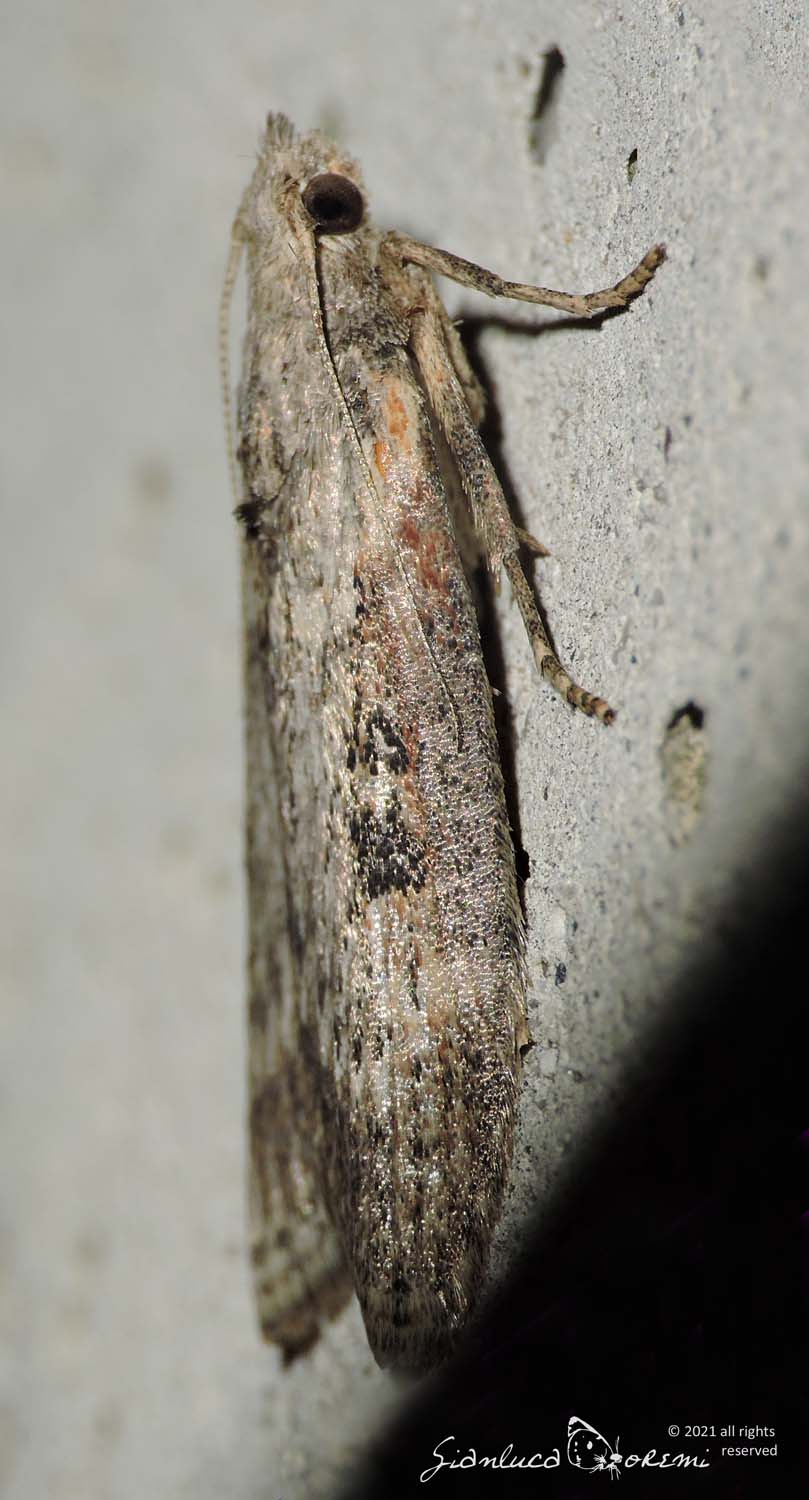
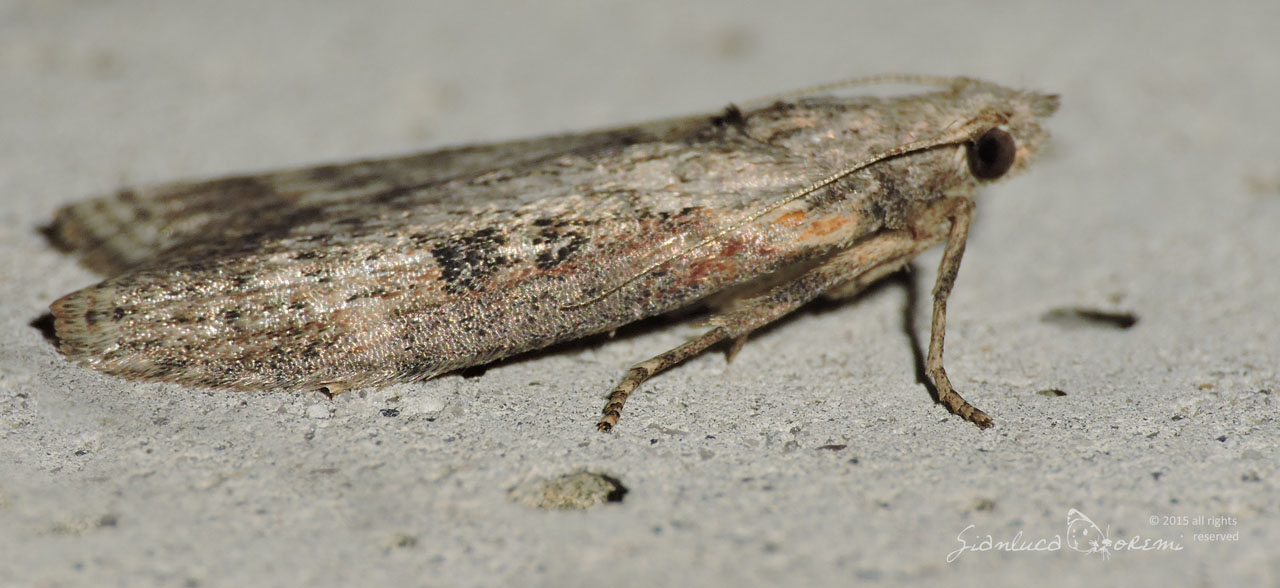

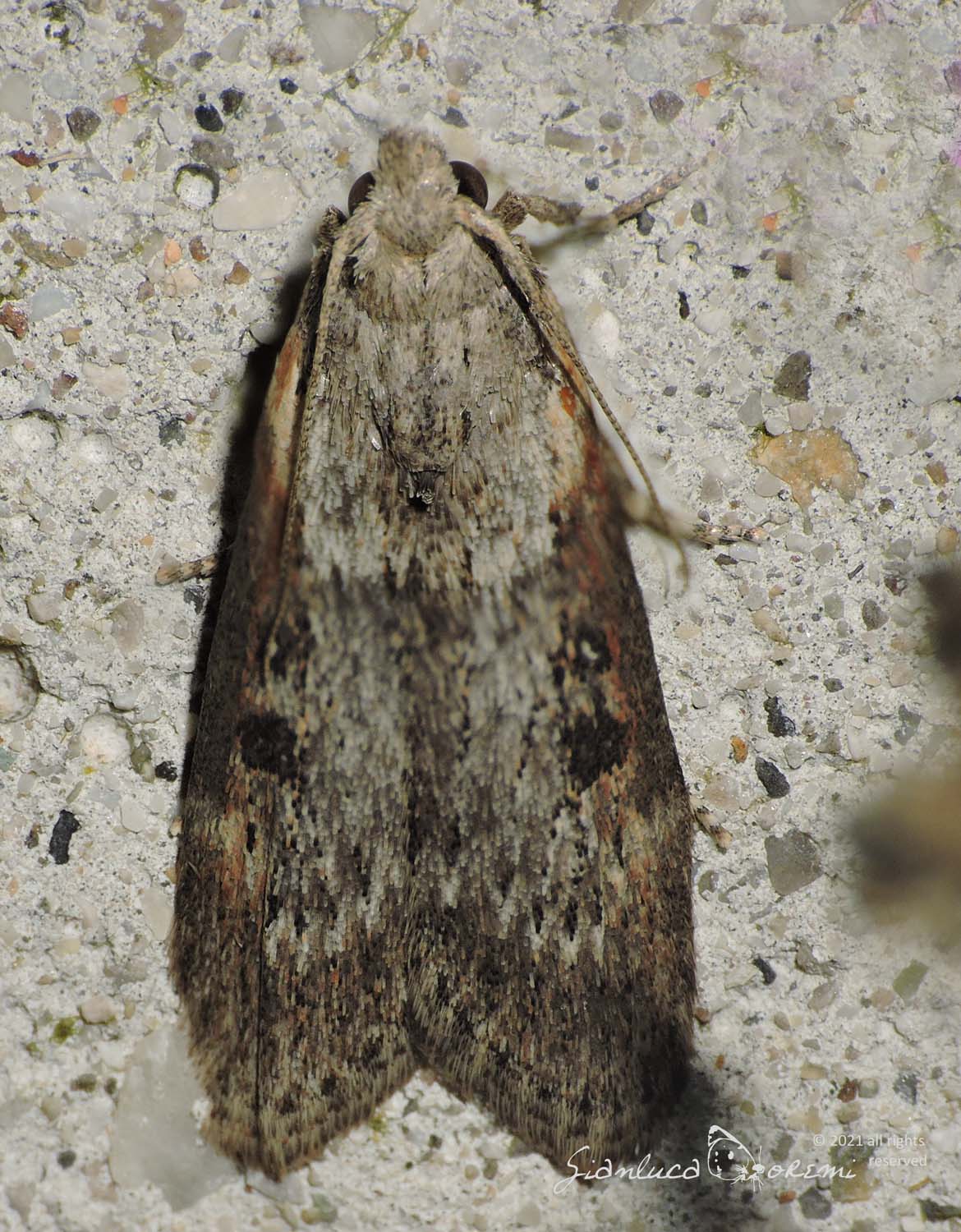
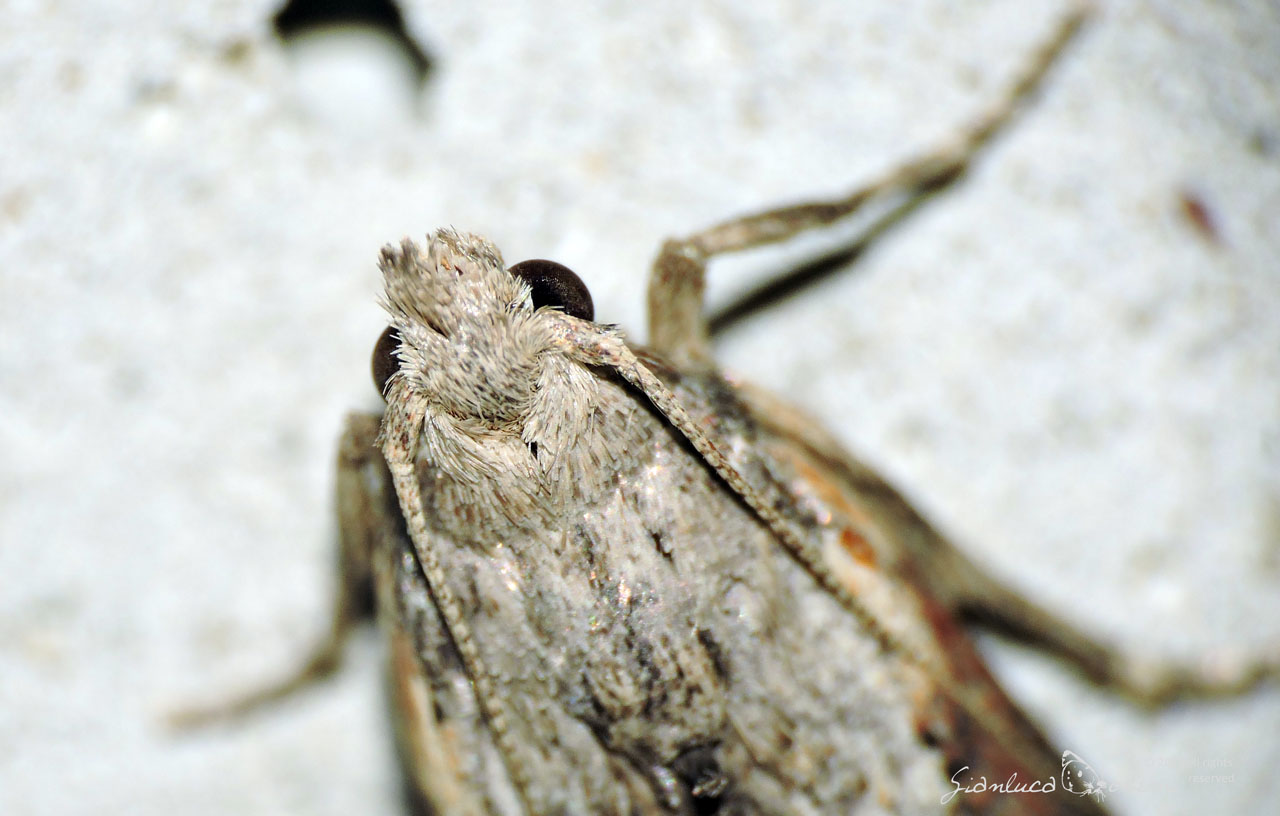

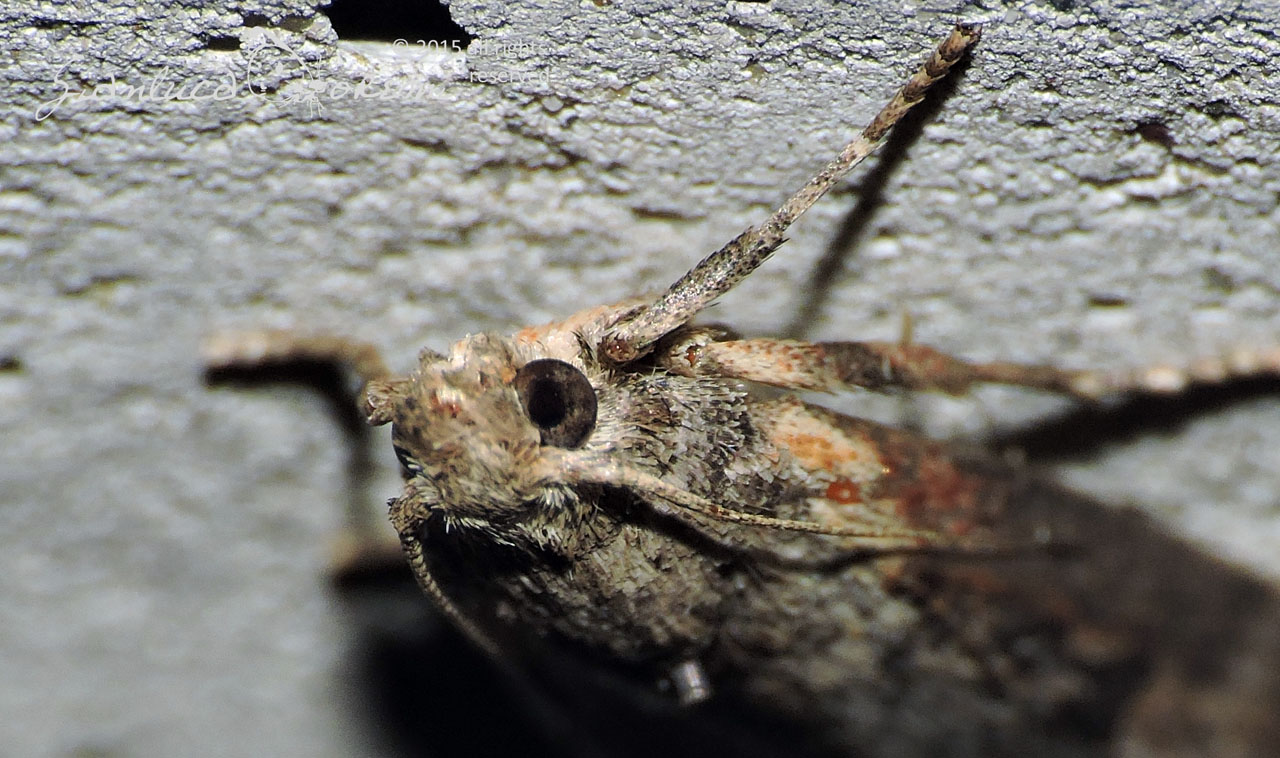

 EN
EN ITA
ITA
Social and publications